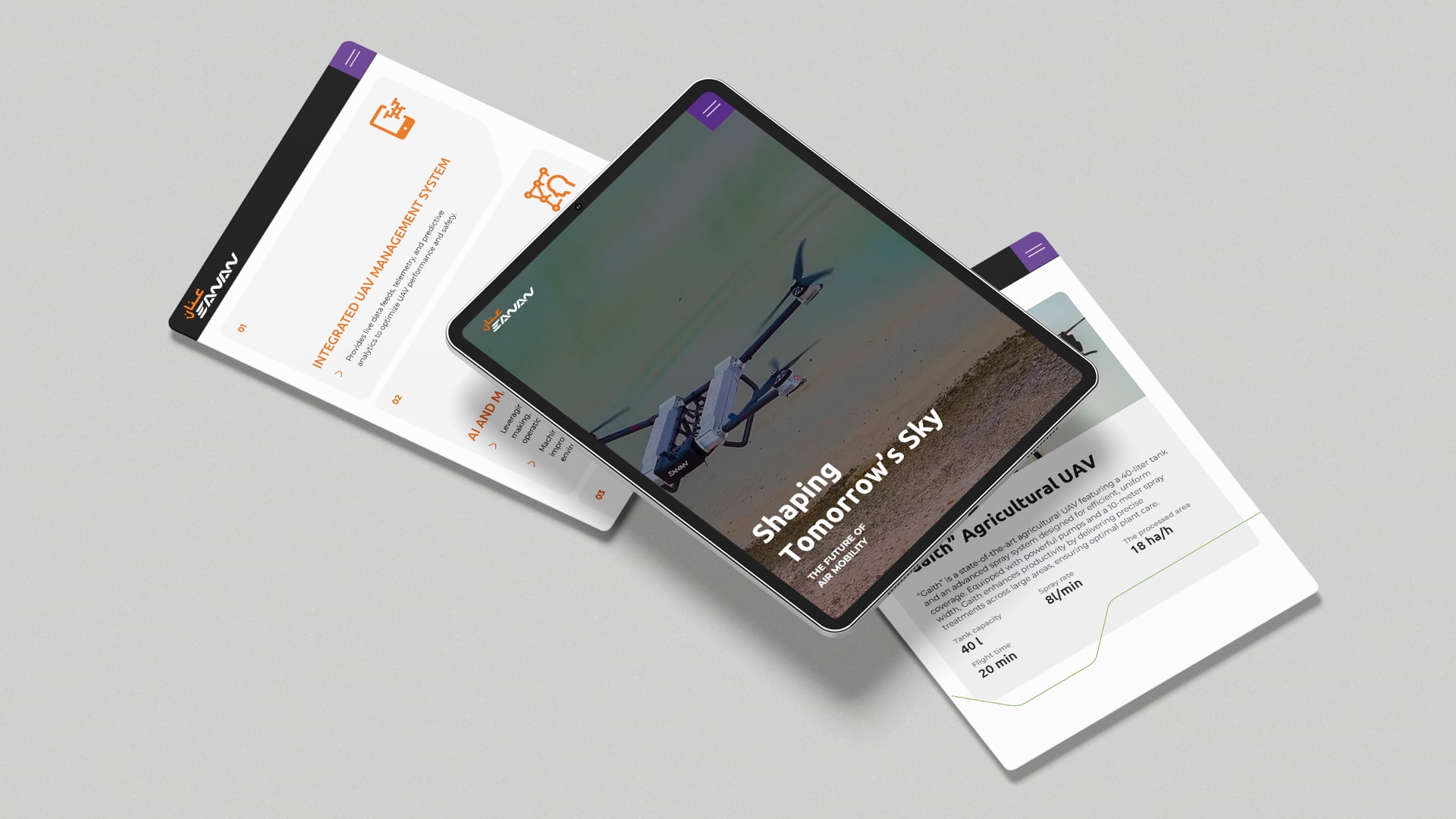Running a global site is exciting, but getting search engines to serve the right language or regional page to the right user can feel tricky. The good news is you can make this easier with smart sitemaps and hreflang. Let us walk you through multi-language XML sitemap best practices, how to structure an hreflang XML sitemap, and what to do to nail multi-region sitemap SEO without stress. You will come away with practical steps that fit neatly into your current workflows and tools, even if you are not a technical SEO pro. Think of this as a friendly checklist for global multilingual SEO and clean SEO for multiple locations that actually works.

What hreflang actually does for you
Hreflang tells search engines which version of a page matches a user’s language and region. If you have /en-us, /en-gb, /fr-fr, and /ar-ae versions, hreflang links those alternates so Google and others show the best match. You can place hreflang in the head, in HTTP headers, or inside sitemaps. For most large websites, an hreflang XML sitemap scales better and is easier to maintain. When you document hreflang tags for multilingual websites in a central file, you reduce page-level clutter and keep everything discoverable.
Decide your sitemap format early
You have two common patterns:
- A single master sitemap that lists all URLs and their alternates via <xhtml:link> entries.
- Separate language or region sitemaps referenced by an index.
Either way, be consistent and predictable. That predictability is the backbone of XML sitemap optimization for global sites. When you stick to consistency, you also set yourself up to follow multi-language XML sitemap best practices across teams and releases. If you already use a sitemap index because of scale, continue using it and add hreflang inside the child sitemaps for clarity.
Map your URL strategy to regions and languages
Before you write a single line of XML, settle on a URL taxonomy. Subdirectories like /us/ or /fr-fr/ are usually simpler than subdomains for maintenance and analytics. Country code top-level domains can work, but they multiply overhead. The structure you choose should reinforce multi-region sitemap SEO and make it obvious which audience each URL targets. Keep language codes in ISO 639-1 format and region codes in ISO 3166-1 Alpha-2 format. That means en-US, en-GB, fr-FR, ar-AE, and so on.
Build hreflang in the sitemap step by step
Start with a clean URL list of canonical pages. For each canonical page, list every alternate as <xhtml:link rel=”alternate” hreflang=”xx-YY” href=”…” /> inside the corresponding <url> block. Add a self-referencing hreflang line too. That is the simplest expression of hreflang implementation tips you can apply today. If your platform exports feeds, transform them into an hreflang XML sitemap with your dev team or plugin. While doing this, keep an eye on international SEO sitemap guidelines from search engines, especially Google Search Central, and mirror their examples closely.
Keep your canonical signals clean
Canonical and hreflang should agree. The canonical URL must be part of the same alternate cluster declared in your sitemaps. If your canonical points to a different page, search engines get mixed signals. That confusion often shows up as a crawling budget mismatch or a sitemap error in Search Console. Keeping canonicals tidy is another quiet win for multi-language XML sitemap best practices and helps search engines index the correct regional URL sooner.
Refresh and validate frequently
Your content changes. Your sitemaps should reflect that. Update lastmod dates accurately and refresh the XML when pages are added, moved, or redirected. Then validate. Use Search Console’s sitemap submission to spot issues early, and run a nightly check that all <loc> and <xhtml:link> URLs return 200 status codes. Broken alternates defeat the purpose. Frequent validation also supports XML sitemap optimization for global sites by keeping the graph of alternates healthy and crawlable.
Treat translations and localisations differently
Translation swaps words. Localisation adapts the offer to the market. Your hreflang setup should mirror that reality. If you localise pricing, shipping, or legal terms for the UAE, UK, or US, make sure those versions are separate URLs, not dynamic text swaps on the same page. That clarity makes multi-region sitemap SEO more effective and reduces duplication risks. If you only tweak a banner by language but keep the same URL, hreflang cannot help as much.
Handle pagination, filters, and non-indexable pages
For paginated listings, include the canonical version of each page within the sitemap and then list every alternate via hreflang. Do not add noindex or blocked pages into the sitemap. If you must have parameterised URLs, prefer a canonical clean version in the sitemap. When in doubt, put the indexable, canonical pages in the hreflang XML sitemap and keep thin or filtered variations out. This keeps clusters tight and supports multi-region sitemap SEO in a manageable way.
The most common mistakes to avoid
- Missing reciprocal links. If en-US lists fr-FR as an alternate, fr-FR must list en-US too.
- Mixing language and region codes. Use en and en-US appropriately.
- Pointing hreflang to non-canonical or redirected URLs.
- Leaving out a self-reference.
- Generating alternate links for pages that do not exist.
Run a periodic audit using these hreflang implementation tips and compare your output against international SEO sitemap guidelines. A small script that checks reciprocity and HTTP status codes is often enough for ongoing hygiene.
Make ownership and workflows clear
Who generates the sitemaps? Who verifies content changes? Who pushes updates after launches? Define this as part of your content release process. Connect your CMS, translation platform, and build system so the sitemap refresh happens automatically. This habit hardens XML sitemap optimization for global sites and saves you from last-minute scrambling when you add a new market or language.
Measure what matters
Track impressions, clicks, and average position by country and language in Search Console. Watch for cannibalisation where one language version ranks in the wrong market. If that happens, recheck hreflang clusters, canonicals, and internal links. Over time, healthy metrics confirm that multi-region sitemap SEO is working. When your alternates are well structured, search engines route users to the right page faster, bounce rates drop, and conversion rates rise. Keep iterating on multi-language XML sitemap best practices as you expand into new regions.
Wrapping up
Cleanly structured, well-maintained sitemaps with hreflang are the backbone of international discovery. By committing to hreflang XML sitemap hygiene, aligning canonicals, and sticking to multi-language XML sitemap best practices, you make life easier for users and search engines. Keep your processes simple, automate updates where possible, and lean on the fundamentals of multi-region sitemap SEO for every market expansion.
If you want expert help getting this right at scale, reach out to us at GTECH. We are a trusted search engine optimization company in UAE that understands global architecture, content workflows, and enterprise systems.
Related Post
Publications, Insights & News from GTECH








